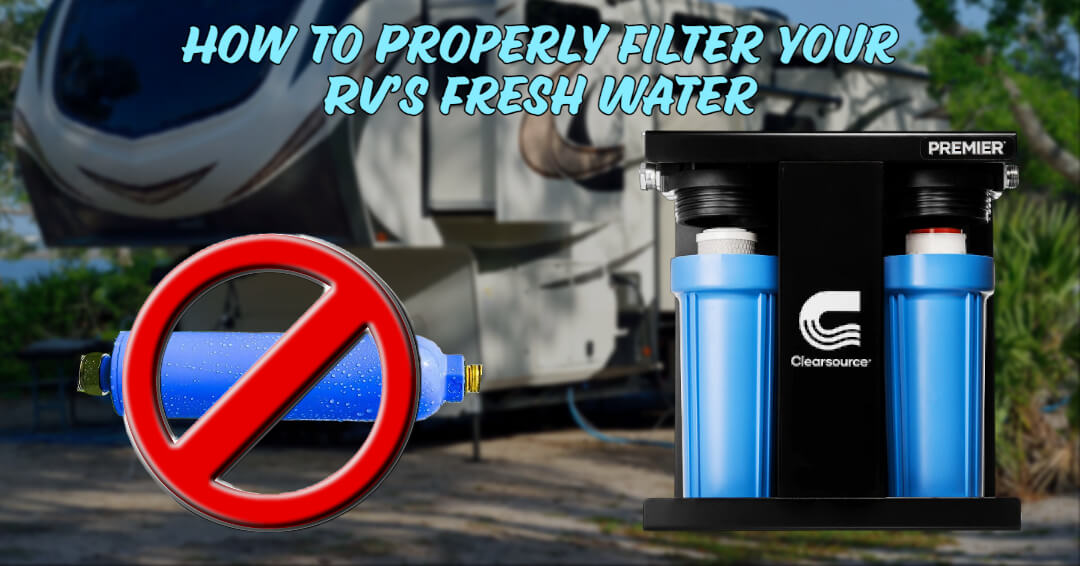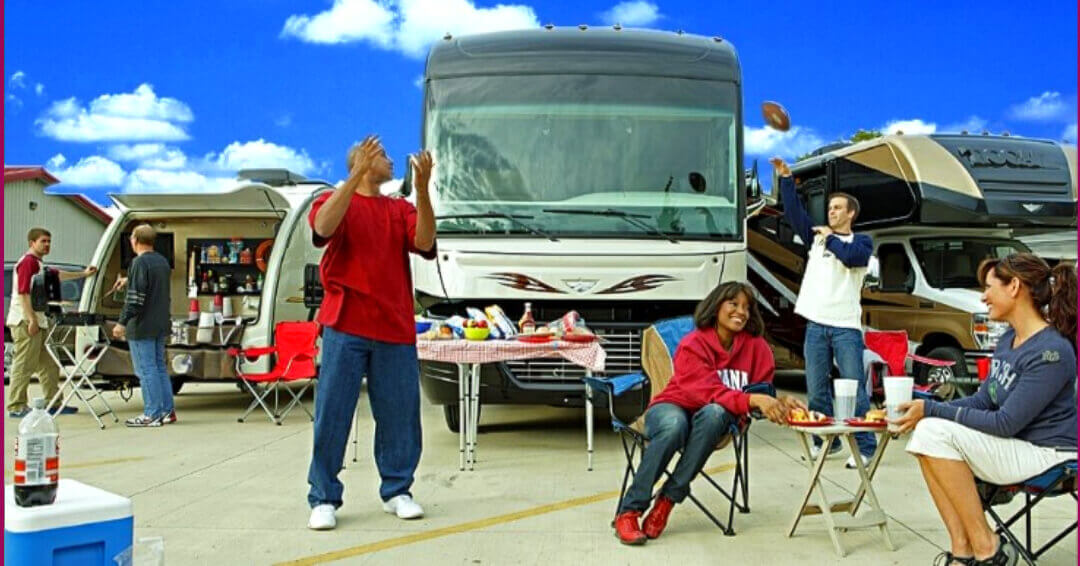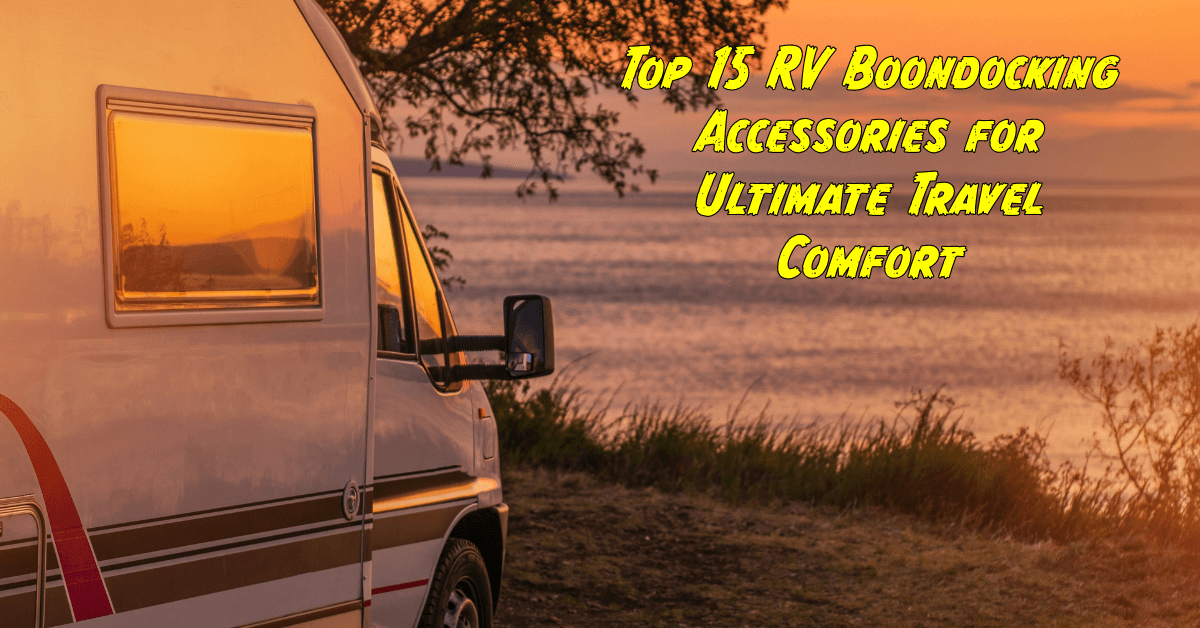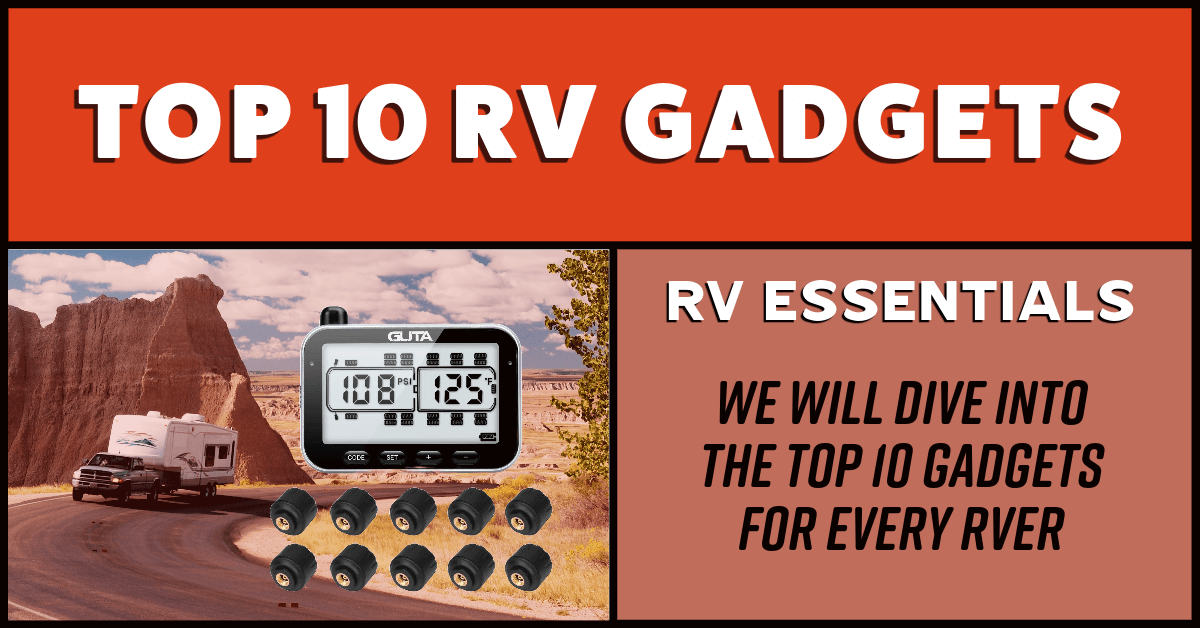- Home Page
- RVing Tips & Tricks
- How to Properly Use an Rv Water Filter
How To Properly Use an RV Water Filter
Common RV Water Contaminants include Silt and Sediment, Chemicals, Petrochemicals, Pesticides, Viruses, Bacteria, and Cysts
By Stuart W. Price
Learning how to properly use an RV water filter will help protect you and your family while RVing
When you camp at an RV park, the water for your coach, fifth wheel or travel trailer comes from a hose bib. Because you don't know whether the water is clean and sanitary (or whether the last user was clean and sanitary), you want to filter your water every time. First, you need to learn how to properly use an RV water filter.
The same holds true if you are filling your potable water tank. For clean, great tasting water, you also want to filter the water you put in your fresh water tank.
Common contaminants include silt and sediment, chemicals, petrochemicals, pesticides, viruses, bacteria, and cysts.
You want a filter system that will remove as much of that stuff as possible. You also want a system that will work well even a challenging environment, and heavy or prolonged use.
Water filters work by passing the water through a medium. The medium has pores large enough for water molecules to pass, but small enough to block contaminants.
Contaminants range in size. Silt and sediment range in size from 50 to 150 microns. Other contaminants are much smaller. Bacteria range in size from 2 to 10 microns. Cysts like giardia can be as small as .5 micron.
Filters are rated by the size of their pores. A filter with a rating of 100 microns might reduce the sediment in your water, but it will leave harmful chemicals, bacteria, and cysts in the water. Many small in-line filters, typically blue and about the size of a cucumber, are rated at 100 microns – or not at all.
Better filters are rated at 5 microns. The best filters are rated at .5 micron but are prone to clogging unless paired with a sediment filter in a two-canister setup.
The first canister has a filter element specifically designed to reduce silt and sediment in a two-canister system two-canister system, the first canister has a filter element specifically designed to reduce silt and sediment. A 5-micron rating is perfect for this task.
The second element is rated to reduce chemicals, bacteria, viruses, cysts, and other smaller contaminants. A .5 micron (one-half micron) is best for this purpose.

When you buy a filter, check out its micron rating. If it's rated at 50 or 100 microns, consider buying something that will filter out even smaller contaminants. If the manufacturer doesn’t state a rating, you might want to pass.
NSF is the gold standard rating agency when it comes to water filters. When you buy an NSF rated filter element, you know an independent agency has tested it, and found it met the claimed specifications.
Editor's Note: Take a look at the video below to learn about the CLEARSOURCE Premium RV Water Filter System.

To ensure you are getting safe, clean, great tasting water each time you hook up, buy a water filter system made for RV use with quality components, and a micron rating small enough to filter your water properly.
About The Author
Stuart Price is the President of Clearsource, a manufacturer of premium RV water filters. Clearsource products are available at www.clearsourcerv.com, or the Clearsource Store on Amazon.
Do you have any suggestions or comments on this topic? You can add them to this page by using the comments section located below.




